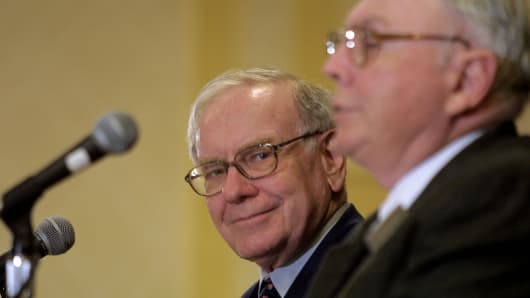By definition, a bear market is when the stock market falls for a prolonged period of time, usually by twenty percent or more. It is the opposite of a bull market. This sharp decline in stock prices is normally due to a decrease in corporate profits, or a correction of overvaluation [i.e., stocks were way too expensive and needed to fall to more reasonable levels]. Investors who are scared by these lower earnings or lofty valuations sell their stock - causing the price to drop. This causes other investors to worry about losing the money they've invested, so they sell as well... and the vicious cycle begins.
One of the best examples of such an unfriendly market is the 1970's, when stocks went sideways for well over a decade. Experiences such as these are generally what scare would-be investors away from investing [which, ironically, keeps the bear market alive... since there are no buyers purchasing investments, the selling continues.]
How do they affect my investments?
Generally, a bear market will cause the securities you already own to become undervalued. The decline in their value may be sudden, or it may be prolonged over the course of time, but the end result is the same: What you already own is worth less [according to the market.]
This leads to two fundamental truths:
1.) A bear market is only bad if you plan on selling your stock or need your money immediately.
2.) Falling stock prices and depressed markets are the friends of the long-term investor.
In other words, if you invest with the intent to hold your investments for years down the road, a bear market is a great opportunity to buy. [It always amazes me that the "experts" advocate selling after the market has fallen. The time to sell was before your stocks lost value. If they know everything about your money, why they didn't warn you the crash was coming in the first place?]
So what do I do with my money in a bear market?
The first thing you need to do is to look for companies and funds that are going to be fine ten or twenty years down the road. If the market crashed tomorrow and caused Gillette's stock price to fall 30%, people are still going to buy razors. The basics of the business haven't changed.
This proves the third fundamental truth of the market:
3.) You must learn to separate the stock price from the underlying business. They have very little to do with each other over the short-term.
When you understand this, you will see falling stock markets like a clearance sale at your favorite furniture store... load up on it while you can, because before long, the prices will go back up to normal levels.
Additional notes:
Fear Index
What are you doing with your money?
- I'm buying stocks while they are cheap.
- I'm staying put in the market for the long-term.
- I'm taking some money out of stocks. I don't want to risk everything.
- I'm selling all stocks and moving to CDs.
- I'm in a panic. Where's the nearest mattress?
One of the best examples of such an unfriendly market is the 1970's, when stocks went sideways for well over a decade. Experiences such as these are generally what scare would-be investors away from investing [which, ironically, keeps the bear market alive... since there are no buyers purchasing investments, the selling continues.]
How do they affect my investments?
Generally, a bear market will cause the securities you already own to become undervalued. The decline in their value may be sudden, or it may be prolonged over the course of time, but the end result is the same: What you already own is worth less [according to the market.]
This leads to two fundamental truths:
1.) A bear market is only bad if you plan on selling your stock or need your money immediately.
2.) Falling stock prices and depressed markets are the friends of the long-term investor.
In other words, if you invest with the intent to hold your investments for years down the road, a bear market is a great opportunity to buy. [It always amazes me that the "experts" advocate selling after the market has fallen. The time to sell was before your stocks lost value. If they know everything about your money, why they didn't warn you the crash was coming in the first place?]
So what do I do with my money in a bear market?
The first thing you need to do is to look for companies and funds that are going to be fine ten or twenty years down the road. If the market crashed tomorrow and caused Gillette's stock price to fall 30%, people are still going to buy razors. The basics of the business haven't changed.
This proves the third fundamental truth of the market:
3.) You must learn to separate the stock price from the underlying business. They have very little to do with each other over the short-term.
When you understand this, you will see falling stock markets like a clearance sale at your favorite furniture store... load up on it while you can, because before long, the prices will go back up to normal levels.
Additional notes:
Fear Index
What are you doing with your money?
- I'm buying stocks while they are cheap.
- I'm staying put in the market for the long-term.
- I'm taking some money out of stocks. I don't want to risk everything.
- I'm selling all stocks and moving to CDs.
- I'm in a panic. Where's the nearest mattress?








